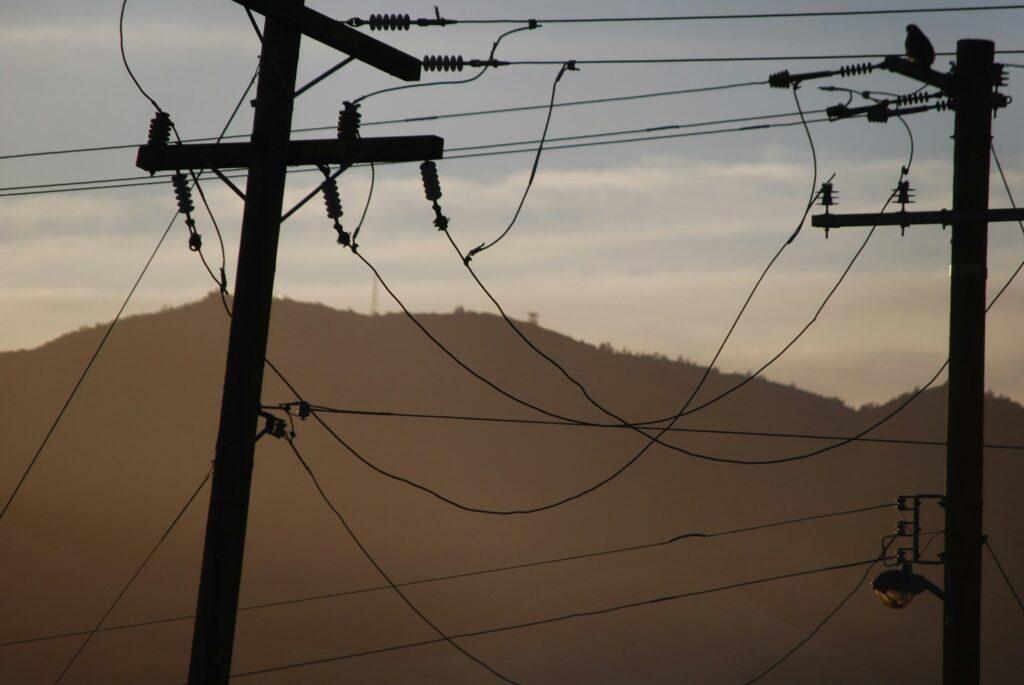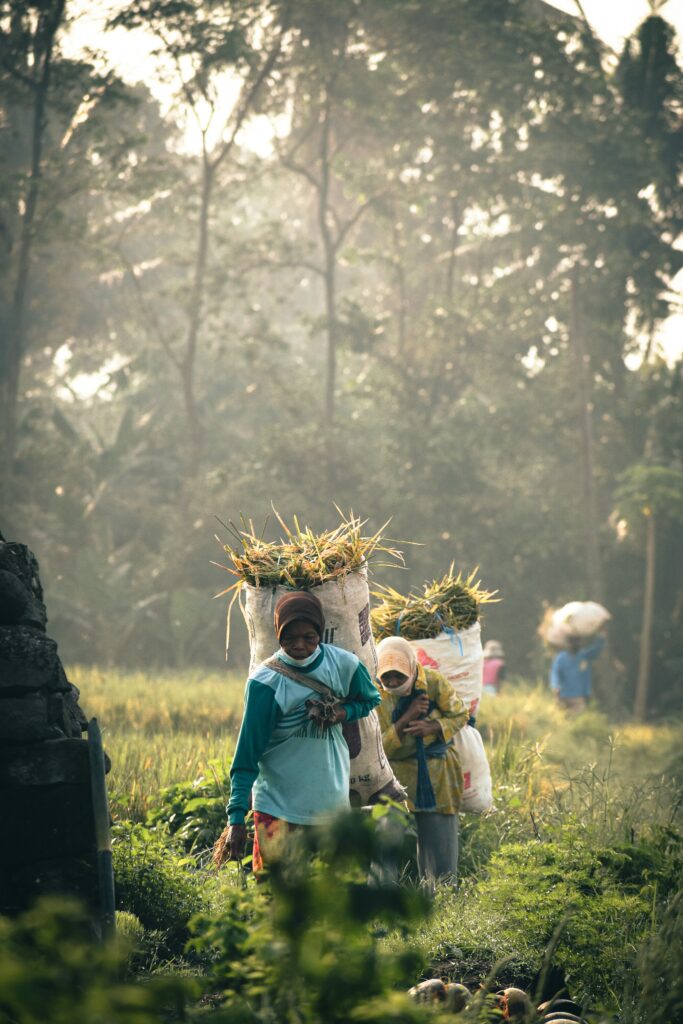Urbanization in India has been growing rapidly, bringing with it the dual challenges of infrastructure pressure and sustainability. To address these challenges and provide better living standards in cities, the Government of India launched the AMRUT Scheme—Atal Mission for Rejuvenation and Urban Transformation—on 25th June 2015.
AMRUT is a centrally sponsored urban development scheme aimed at improving the quality of life in urban areas by ensuring robust infrastructure, better amenities, and sustainable growth. It targets 500+ cities with a population of over 1 lakh and focuses on creating infrastructure that could lead to better services in urban areas, especially for the poor and marginalized.

Objectives of the AMRUT Scheme
The primary objective of AMRUT is to ensure that every household in urban areas has access to a tap with assured water supply and a sewerage connection. However, the broader goals include:
- Improving urban infrastructure in a sustainable manner
- Enhancing the quality of life for all citizens, especially the urban poor
- Promoting greenery and reducing pollution
- Implementing reforms for efficient urban governance
- Encouraging public-private partnerships in urban service delivery
Core Mission Components
AMRUT focuses on a set of core infrastructure services that are essential for urban living. These include:
1. Water Supply
Ensuring reliable and adequate water supply to households and commercial establishments through city-wide water management and infrastructure upgrades.
2. Sewerage and Septage Management
Development of modern sewerage systems, including underground pipelines and treatment facilities, to improve sanitation and public health.
3. Storm Water Drainage
Establishing and maintaining proper stormwater drainage systems to prevent urban flooding during monsoons.
4. Non-Motorized Urban Transport
Promoting cycling and pedestrian pathways to encourage eco-friendly transportation and reduce traffic congestion.
5. Green Spaces and Parks
Creating and rejuvenating urban green spaces such as parks and gardens to enhance the quality of life and environmental health in cities.
Key Features of the AMRUT Scheme
1. Reform-Driven Approach
AMRUT is not just an infrastructure mission; it is also focused on reforming urban governance through capacity building and e-governance.
2. Project-Based Funding
Cities receive funds based on their State Annual Action Plans (SAAPs). This ensures that investments are made based on need and potential impact.
3. Empowerment of Urban Local Bodies (ULBs)
AMRUT emphasizes strengthening ULBs by giving them more responsibility in planning and executing projects, thereby improving governance and accountability.
4. Convergence with Other Schemes
The mission is aligned with other flagship programs like Smart Cities Mission, Swachh Bharat Abhiyan, and Housing for All, creating synergies in urban development.
5. Capacity Building
Continuous training and knowledge-sharing among officials and stakeholders enhance the execution capabilities of urban bodies.
Funding Structure
AMRUT is implemented with a blend of central and state government funding. The central share varies depending on the size and classification of the city:
- 100% for Union Territories
- 90:10 for North-Eastern and hilly states
- 50:50 for other cities in states
Cities are also encouraged to leverage private sector investment and generate funds through user charges and municipal bonds.
Achievements and Impact
Since its launch, AMRUT has brought significant improvements in urban infrastructure across India:
- Thousands of kilometers of new water pipelines and sewer lines have been laid
- Several water treatment plants have been constructed or upgraded
- Urban parks and green spaces have been developed in many cities
- Cities have adopted energy-efficient LED street lighting
- Many urban local bodies have digitized services, improving efficiency and transparency
The scheme has played a vital role in transforming Tier-2 and Tier-3 cities into more livable and environmentally sustainable urban areas.
Benefits of the AMRUT Scheme
- Improved Quality of Life: Access to basic services like water and sanitation directly impacts health, hygiene, and well-being.
- Urban Renewal: Modern infrastructure and better planning reduce congestion, pollution, and urban decay.
- Environmental Sustainability: Green spaces, energy-efficient utilities, and better drainage contribute to a healthier environment.
- Inclusive Development: Special focus on low-income groups ensures equitable access to services.
- Administrative Efficiency: Reforms and e-governance initiatives improve service delivery and transparency.
AMRUT 2.0 – The Next Phase
To build on the achievements of the first phase, AMRUT 2.0 was launched in October 2021. The new phase aims for universal water supply coverage in all 4,378 urban local bodies and 100% coverage of sewage management in 500 AMRUT cities. It also focuses on:
- Water source conservation
- Promotion of circular economy in water
- Smart metering and monitoring of water usage
- Energy efficiency and resource optimization in water management
AMRUT 2.0 has a significant outlay and is expected to transform Indian urban infrastructure over the next five years.
Conclusion
The AMRUT Scheme is a comprehensive urban transformation program that addresses the core needs of growing Indian cities. By focusing on infrastructure development, environmental sustainability, and governance reforms, AMRUT has set a new benchmark in urban development. The scheme not only improves basic services like water and sanitation but also reimagines how Indian cities can be more inclusive, green, and future-ready.
As India continues to urbanize, AMRUT will remain a key pillar in building smart, sustainable, and resilient urban spaces that serve the needs of present and future generations.
Official Source Link:
https://amrut.gov.in
References: PiB
Other Schemes: Government Schemes
#Class12Economics #ClassXIIMacro #DesignLinkedIncentivesScheme #DLIScheme #EconomicsforUPSC #GovernmentBudgetClass12 #JalJeevanMission #Meity #MinistryofAgricultureSchemes #MinistryofCommerce #MinistryofEducation #MinistryofJalShakti #MissionSUJALAM #MoA&FWSchemes #MODIGovt3.0 #MoneyMultiplier #MoNRE #MoPNG #NamamiGange #NIPUNBharatMission #PLIScheme #PMAwasYojana #PMBhartiyaJanaushadhiPariyojana #PMDeVINEScheme #PMGATISHAKTI #PMKISAN #PMKUSUM #PMKVY #PMMatsyaSampada #PMMatsyaSampadaSchemeUPSC #PMSHRI #PMSHRIScheme #PMSuryaGharMuftBijliYojana #PMSVAMITVASCHEME #ProductionLinkedScheme #RashtriyaGokulMission #SAKSHAMScheme #SamagraShikshaScheme #SamagraShikshaScheme2.0 #SamagraShikshaYojana #SC/STSchemes #StandUpIndia #UTPRERAK #UtprerakScheme #VidyanjaliScheme


